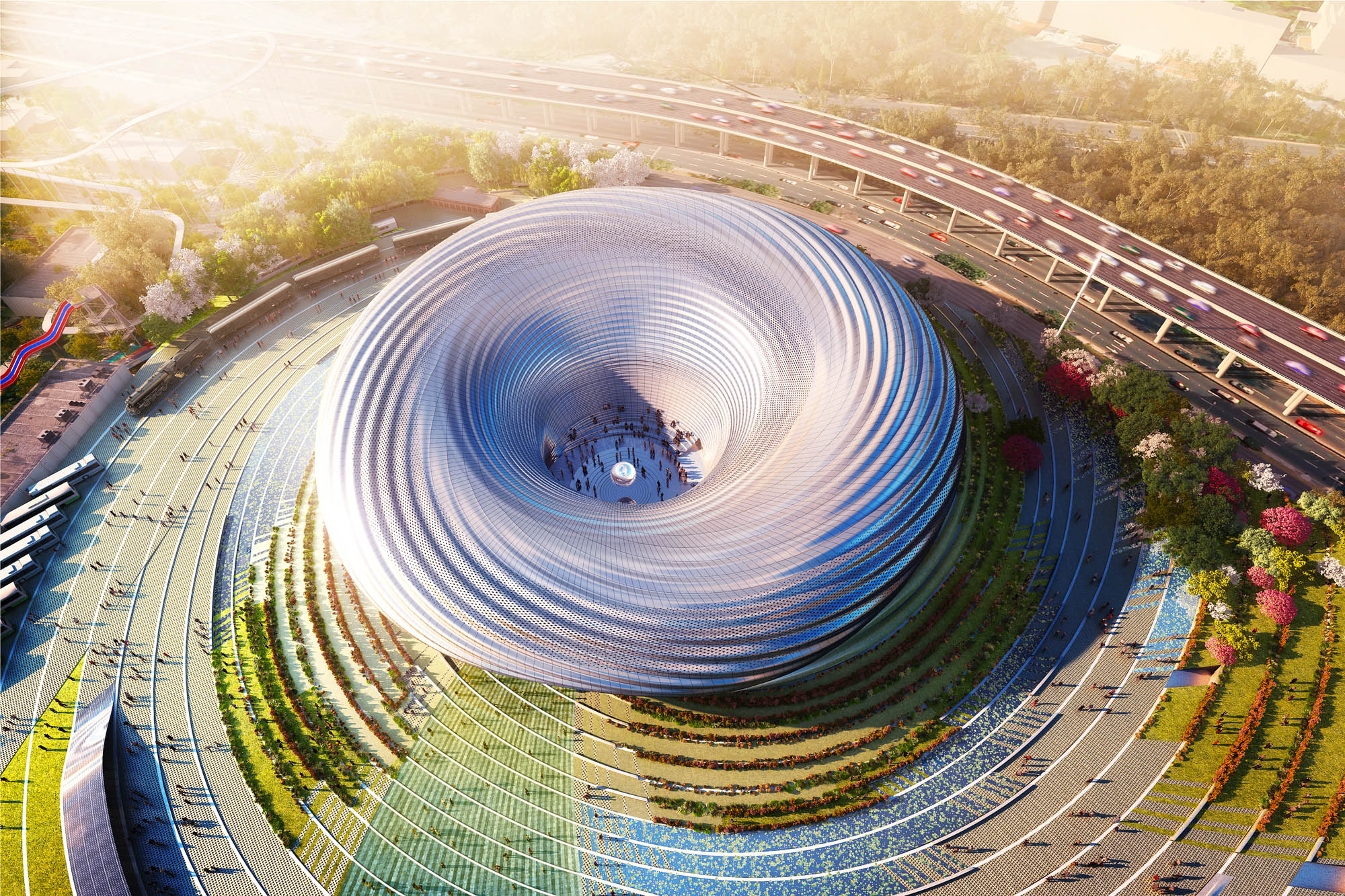
Throughout history, architecture’s been the pinnacle of human achievement. Fernando Romero’s adaptations are more than prolific marvels of awe; they are a corollary of historical, social, economic and environmental contexts. The fabric of FR· EE’s expressive envelope is to challenge new forms of movement, proportion and scale that amplify our interactions to meet our responsive needs for a better way of living. To say that his masterpieces defy conventionality is indubitable; Fernando’s architecture is the painting to our living dreams.
Romero gets personal with Can Büyükberber to stress the importance of biophilic fluency and the apparent manifestations of virtual constructivism.
Can’s inspired digital renditions of FR-EE’s works Bicentennial Ring & Soumaya combined.
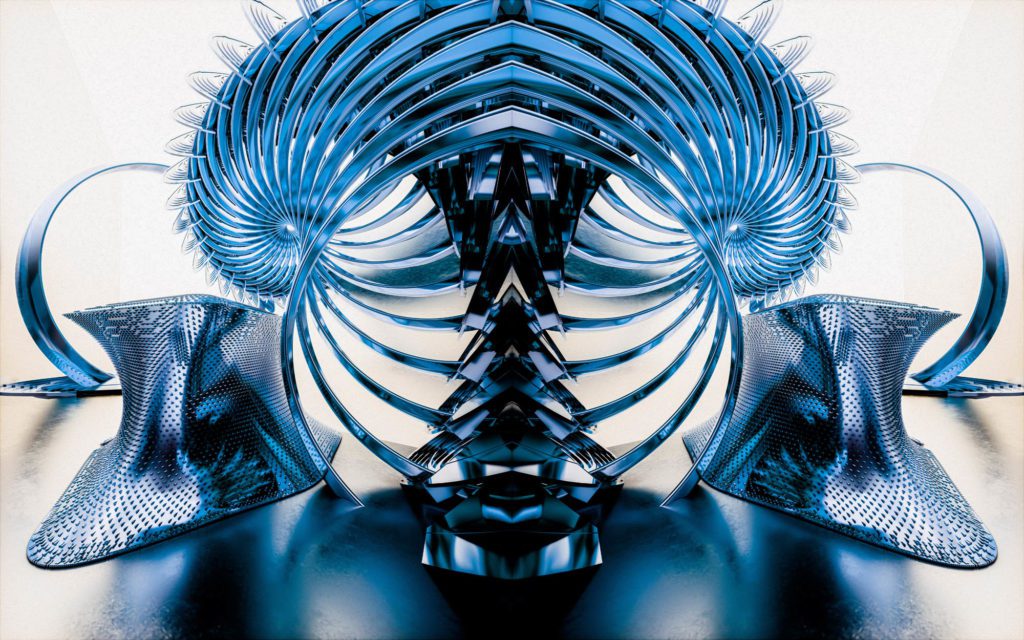
BICENTENNIAL RING- FR-EE and Pedro Ramírez Vázquez, the architect responsible for several of Mexico’s most iconic buildings, collaborated on the design of a monumental new landmark to commemorate the 200th anniversary of Mexico’s independence, and acknowledge and celebrate its – social and urban progress. FR-EE and Pedro Ramírez Vázquez proposed a ring as a representation of and metaphor for unity, wholeness, and infinity—a modern interpretation of Mexican symbols for protection.
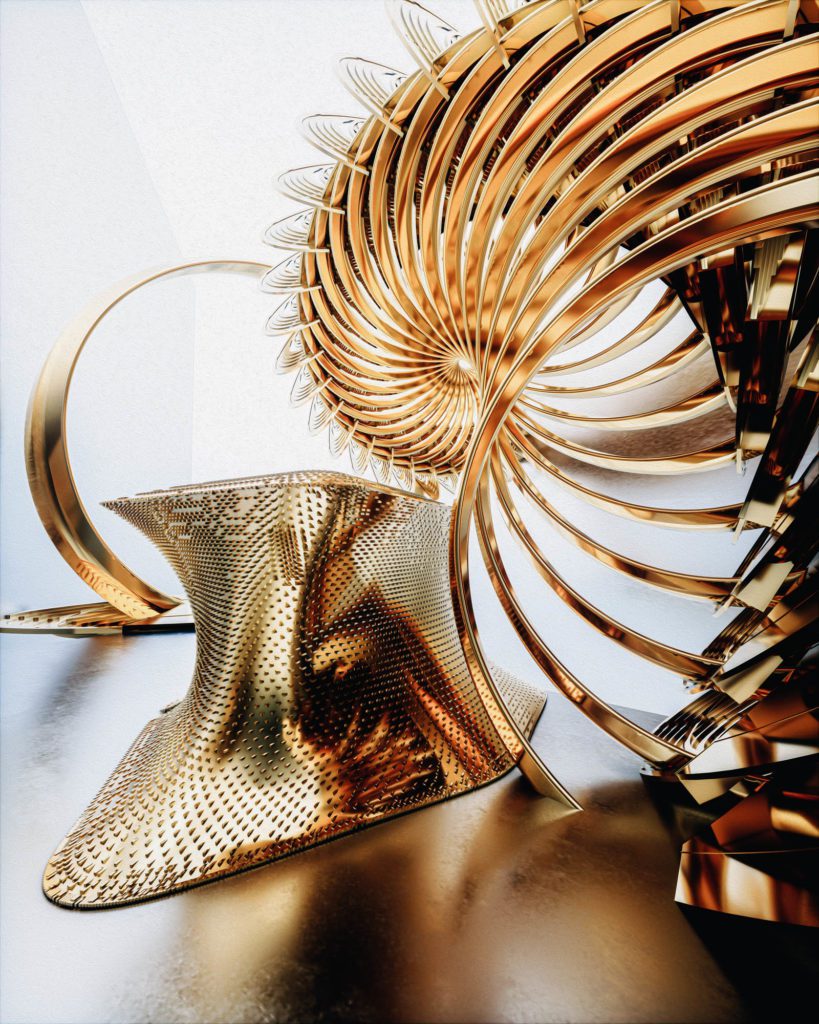
SOUMAYA MUSEUM -The Museo Soumaya is home to an art collection of nearly 70,000 works, dating from the 15th to mid-20th century, including the second largest collection of Auguste Rodin sculptures. The design of the museum reflects the desire to create a new publicly accessible cultural institution for all. This new fine-art museum and architectural icon in the heart of Mexico City served as a catalyst for urban and community regeneration. It attracted more than 1 million visitors in the first year with flexible spaces for permanent and temporary exhibitions on all scales.
CB: As we delve deeper into the future, VR spaces are becoming more prevalent and require less from the physical environment. What will our responsibility be in the daily interactions of these new terrains, and how will you approach these new virtual environments?
FR: Technology is driving us into the virtual world. Even the art world is shifting now to be more in the virtual terrain than the physical one; for being able to grow, we need to evolve with technology.
CB: Will lighting be as instrumental in the VR world as it is in physical reality?
FR: Lighting should be considered at the initial stages of a project as exemplary lighting design can only enhance any architectural work. Not only is lighting a fundamental aspect of architecture, but it has the power to transform a space both physically and virtually.
CB: For practicality’s argument, what’s your take on flat vs. curvilinear surfaces? Do humans feel more at home in a cubicle than they do in irregular surfaces?
FR: Our duty as architects is to translate the essence and the needs of the times into a livable space where people can feel comfortable and safe while taking care of the natural resources during the design and construction process. There are no right angles in nature as it has many sinuous forms.
CB: Can you please share more about your creative self-sustaining environments and how you live personally in residential and public spaces?
FR: Since the pandemic, open spaces are becoming more prevalent for our mental and physical health. Providing spaces with these qualities is an essential task for architects nowadays. My studio in Mexico City has a lovely garden where my team can find the right design conditions. I enjoy being in touch with nature both at work and at home.
CB: What ideal material would be your dream to work with, whether near existence or theoretical?
FR: I’m very interested in the research of cyberspace and how the relevancy of the NFT boom will affect architecture and the outcomes of merging worlds becoming one.
“LIFE IS JUST A FANTASY — CAN WE LIVE THIS VIRTUAL LIFE?”
CB: Can you share your experience designing the Mexico City New International Airport with Foster + Partners?
FR: Both teams worked seamlessly since the very beginning. It was pretty interesting to see Foster + Partners airport experience matched with FR-EE’s creativity to develop a state-of-the-art yet functional design where you can see the Mexican influence in an international context.
CB: How do you foresee the future of architecture?
FR: Architecture needs to adapt to the times that we are currently living in. We need to design spaces that are respectful to the environment and promote health.
CB: Do you think technology will determine the fate of human extinction, or will we figure out how to create harmony and balance among humanity, nature, and a robotic ecosystem?
FR: I believe that in the end, we should find a balance between humans and technology. History has proven that humans will evolve alongside technological development and benefit from it.
CB: Feel free to share new projects you’re working on.
FR: I’m taking this time to focus on small-medium scale projects that acuminate the quality of the work with a keen eye on construction details. ☐
What plane of the METAVERSE will you be residing in? To learn more about how FR-EE is helping to encourage the care of the planet and Fernando’s continuous drive for a more empathetic world, go to

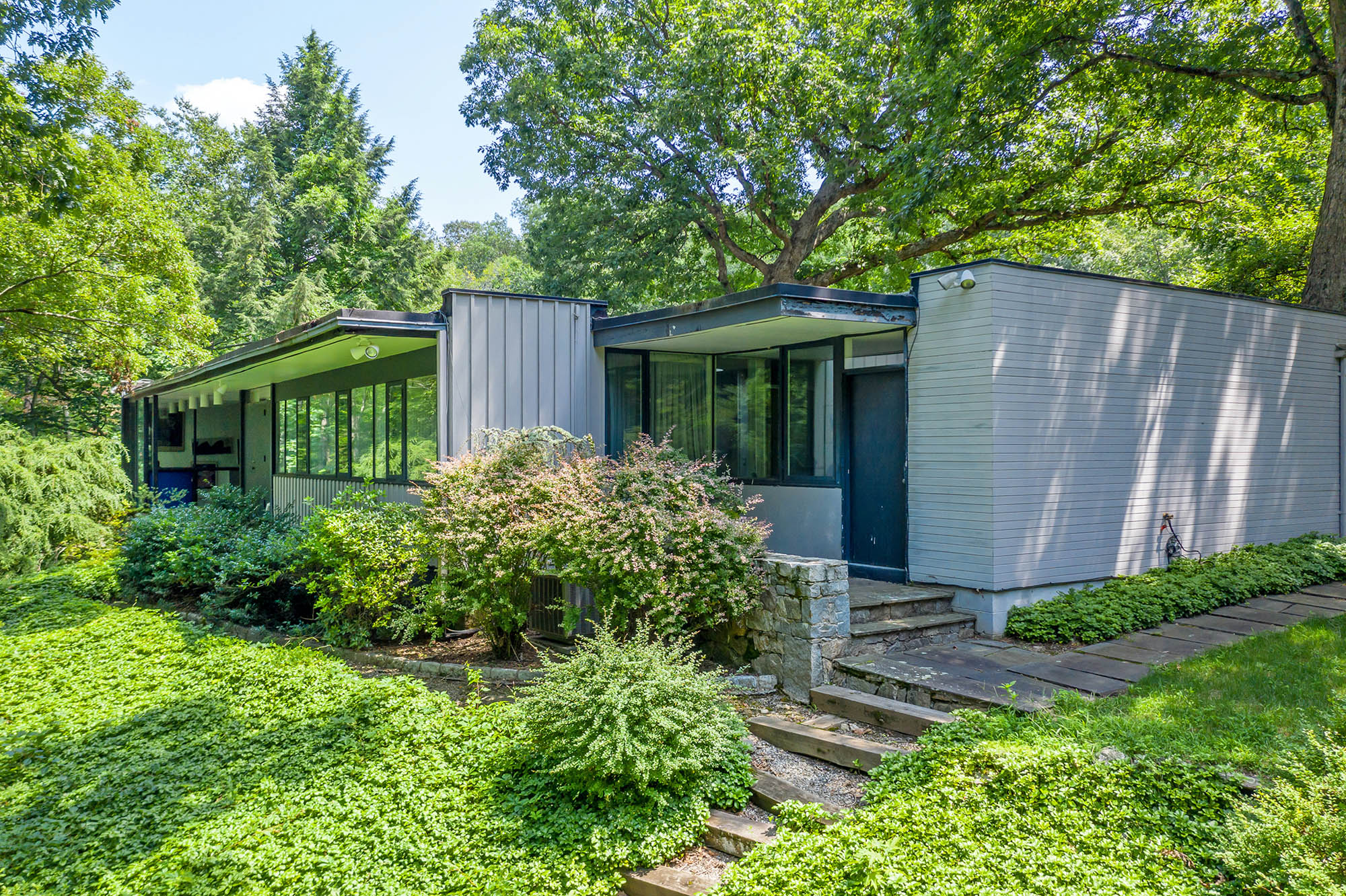
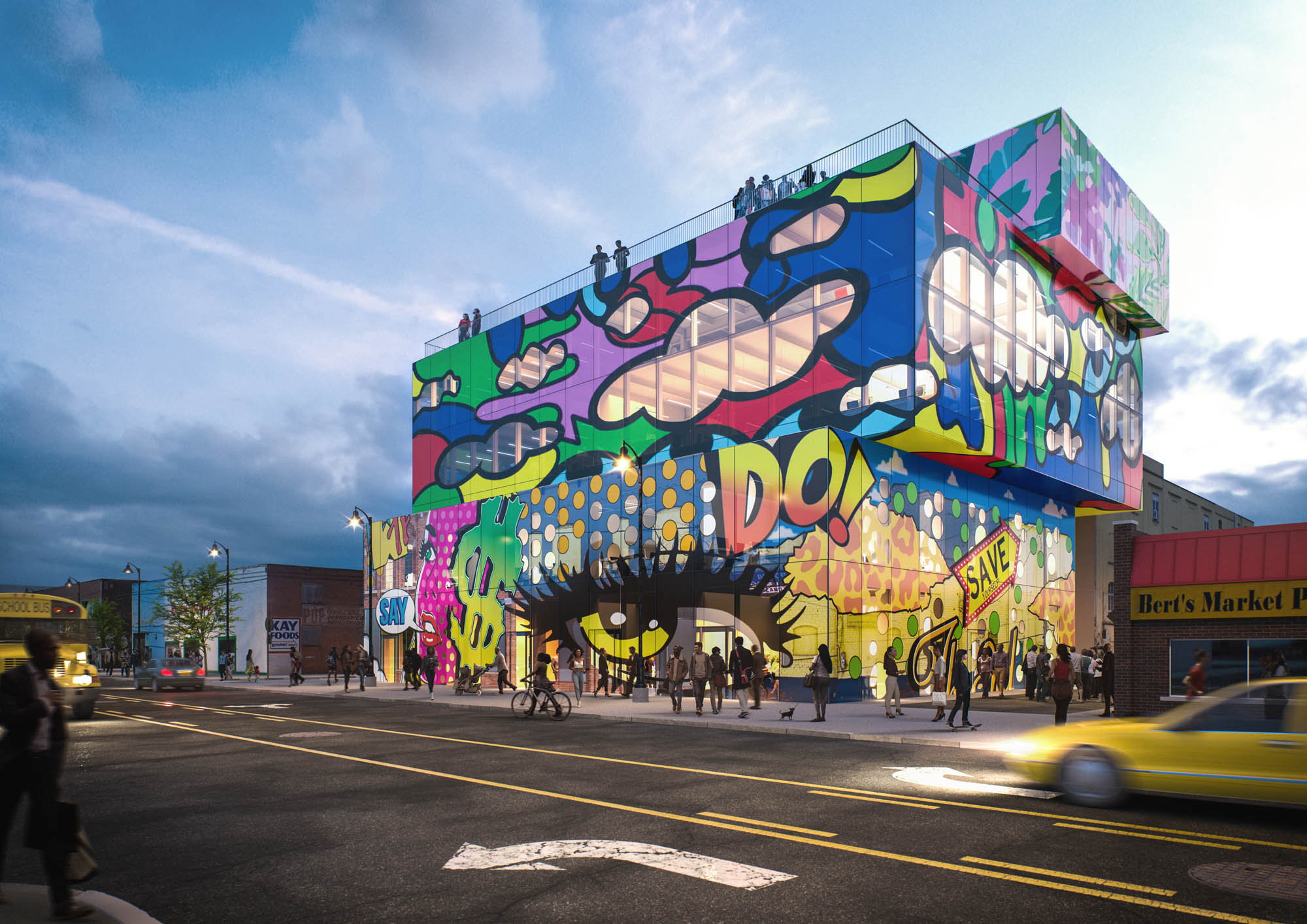
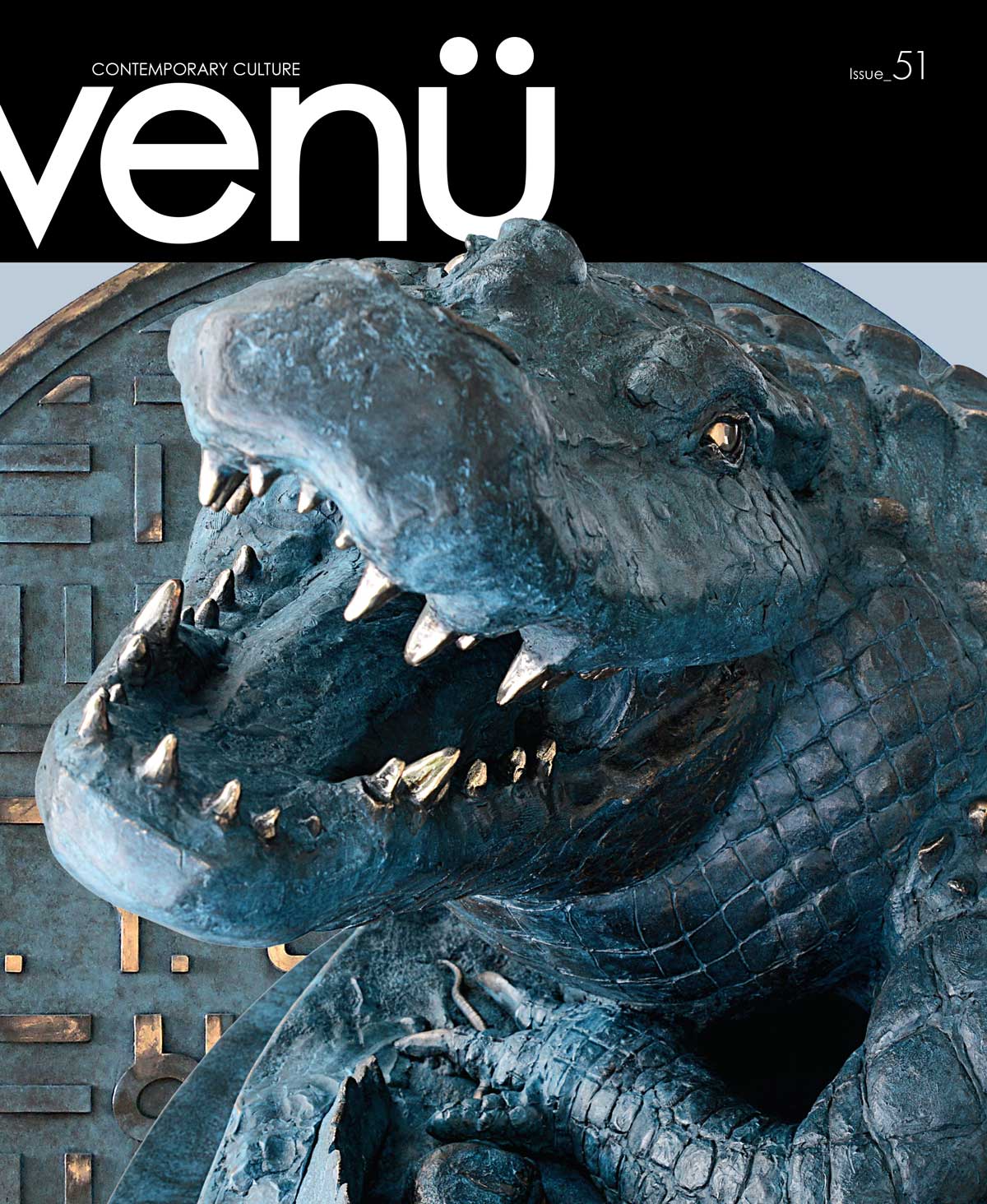
Leave a Reply